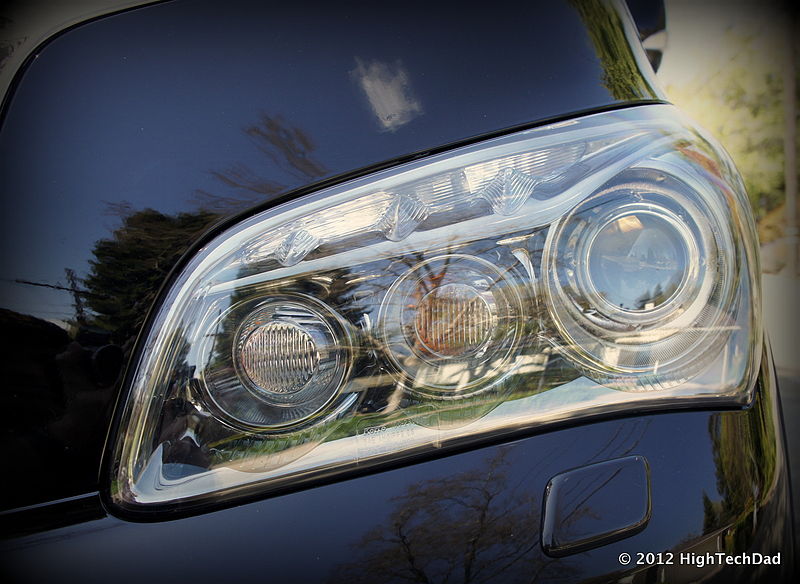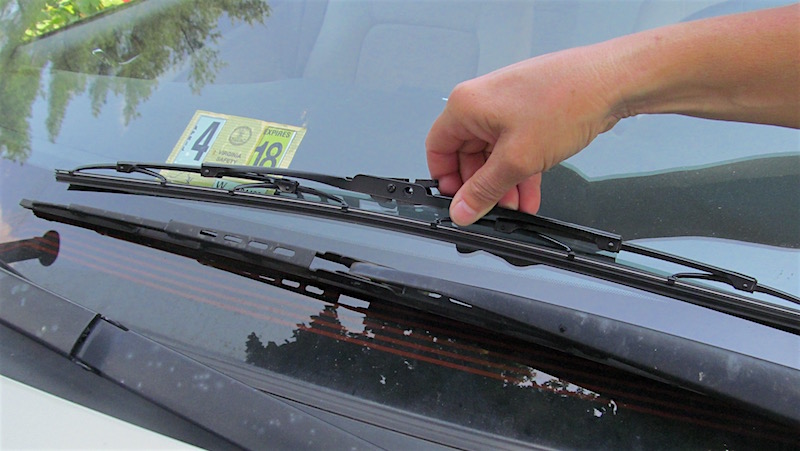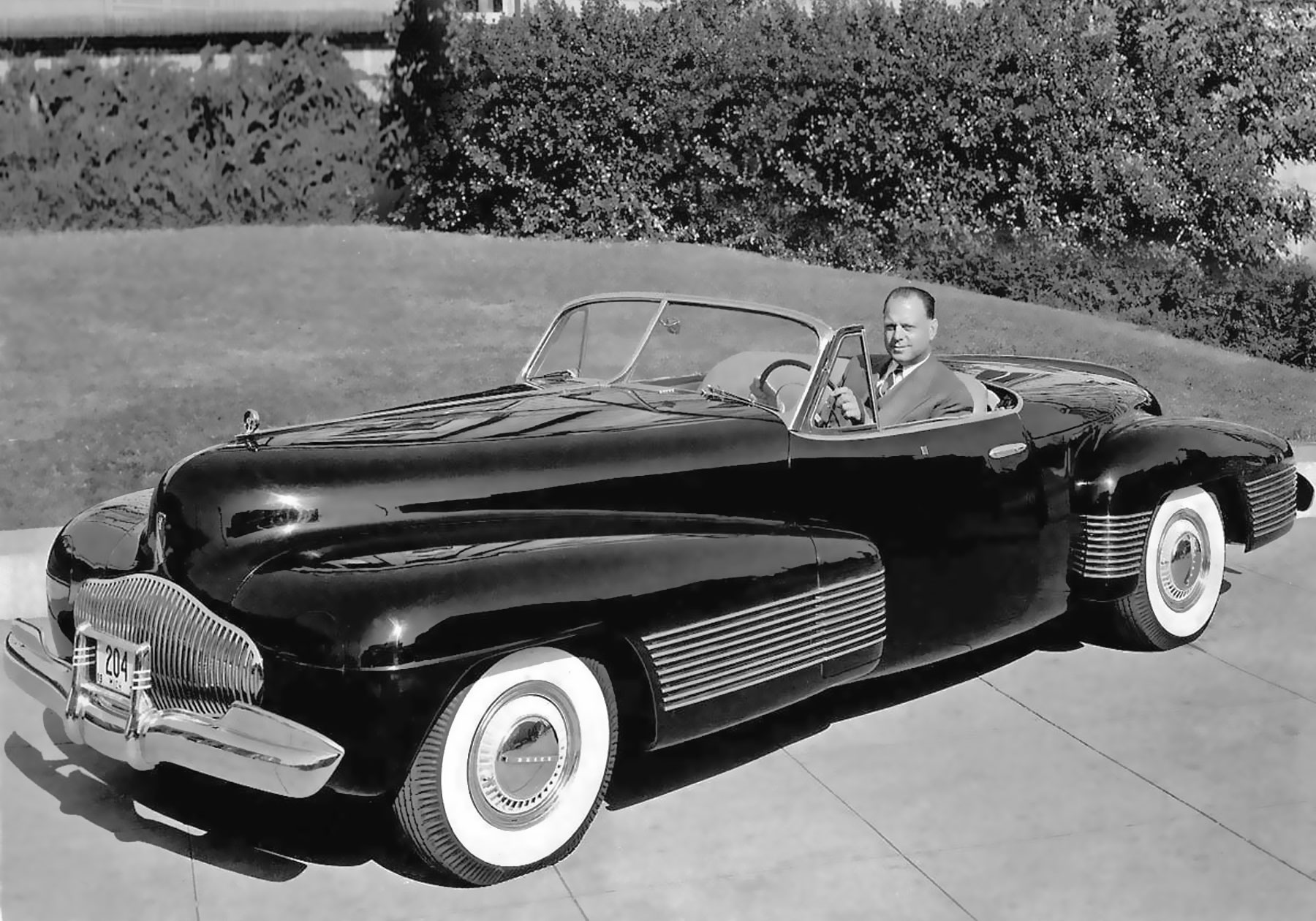Just as TV is enjoying a unrivaled era of quality programming, the automotive industry is experiencing a golden age of lighting. Today, manufacturers use everything from halogen to LED technology in order to illuminate the road and make vehicles more visible to other drivers. But early in their history, headlamps were little more than acetylene lanterns (like those used in the early days of mining). Brake lights didn't even exist.
Let's take a trip down memory lane and learn more about three people who were instrumental in getting auto lighting to where it is now.
James Allison
This American entrepreneur invented the first headlight assembly. Allison was a co-founder of the Indianapolis Motor Speedway and Prest-O-Lite, a company originally specializing in concentrated acetylene gas. The chemical compound was used to fuel portable lamps popular with miners because of its resistance to wind and rain, and for the same reason was adapted for use on vehicles in the late 1880s. A pressurized acetylene-filled canister would feed out to an opening in front of a reflecting mirror, similar to a modern headlight lens housing. Activating a switch inside the cabin caused a spark to ignite the brightly burning gas. Before that, such as on the world's first production automobile, the Benz Patent-Motorwagen, there was simply no formal lighting hardware available.

John Voevodsky
It turns out a psychologist, not an engineer, was responsible for inventing the Center High Mount Stop Lamp—otherwise known as the third brake light—in 1974. Californian John Voevodsky was researching car accidents and set up a study in which a portion of a group of San Francisco city taxis was outfitted with an additional brake light at the base of the back window. At the end of 10 months, they discovered that the cabs sporting the extra bit of equipment had 60.6 percent fewer rear-end collisions than those without. The third brake light was born.

Robert Reiling
While high-intensity discharge (HID) headlights didn't appear in North America until 1991 via the BMW 7 Series full-size luxury sedan, the first successful example was actually developed in 1962 by a man named Robert Reiling. He improved upon earlier designs and created a reliable gas-discharge lighting system that formed the basis for contemporary HIDs. Two tungsten electrodes inside a bulb produce a powerful electric charge, which interacts with xenon gas and metal salts present to produce plasma, together creating the signature intense light.
Did we miss any vehicle lighting Forefixers? Share what you know in the comments.







